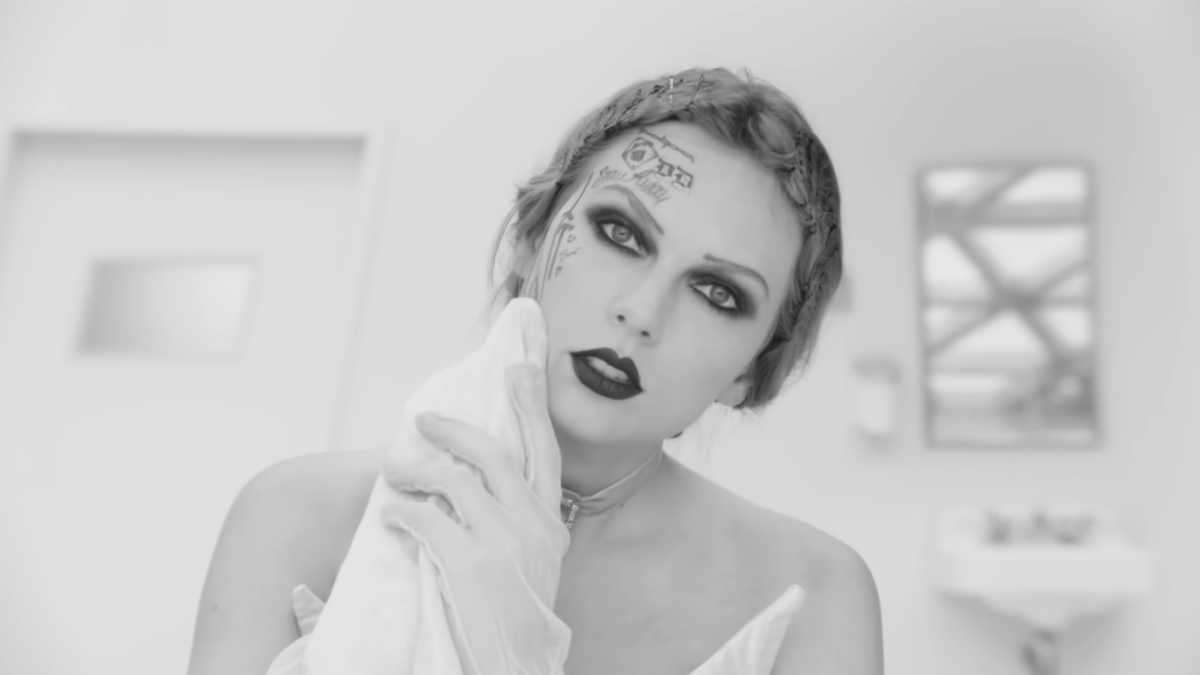The rivalry between Hollywood screen icons Bette Davis and Joan Crawford as depicted in FX’s “Feud: Bette and Joan” puts today’s clap-backs and award show put-downs between female celebrities to shame.
Most of the eight-part series focuses on the time Bette (played by Susan Sarandon) and Joan (Jessica Lange) spent making “Whatever Happened to Baby Jane,” a movie about two sisters, both aging actresses, whose hatred for one another drives the horror flick’s plot. In real-life, Bette and Joan also hated each other, as they often competed for the same film roles and, as Hollywood legend has it, bitterly battled over a man they both loved, actor Franchot Tone.
“She took him from me,” Davis told a reporter in 1987. “She did it coldly, deliberately, and with complete ruthlessness. I have never forgiven her for that, and I never will.”
The real-life contempt the two leading ladies held for one another made their film a box-office smash. As Jack Warner’s character (played by Stanley Tucci) puts it: “Tearing down your idols is very satisfying for an audience.”
Indeed, much of the film’s appeal was watching two former film sirens, whose relevance and star power were fading in sync with their looks, rip into one another onscreen.
Bette went on to receive an Academy Award nomination for her performance in “Baby Jane,” but at the 1963 awards ceremony, Joan accepted that award on behalf of Anne Bancroft. When brushing past Bette en route to the stage, Joan reportedly said to Bette: “If you’ll excuse me, I have an Oscar to collect.”
The final episode of “Feud” focuses on the final days of Crawford’s life — her humiliating box-office bomb “Trog,” her lonely apartment, worsening alcoholism, and unsuccessful battle with cancer. In the final hours of her life, Joan awakens in the middle of the night and hallucinates that her longtime friends and rivals — Bette, gossip columnist Hedda Hopper, and movie mogul Jack Warner — are seated at her dining room table. In this dream, Bette tells Joan she wishes the two had been friends, a statement reminiscent of the final scene of “Baby Jane.”
But their rivalry extended beyond Joan’s grave. When an Associated Press reporter called Bette for comment on Joan’s death, Bette said: “My mother always said ‘Don’t say anything bad about the dead; only say good.’ Joan Crawford is dead. Good.”
In the FX series, Bette is depicted as coming to appreciate Joan after the latter dies. She makes a toast to Joan in the green room at the Academy Awards ceremony when her image flashes onscreen during the “en memoriam” tribute. When a reporter approaches Bette, she also refuses to comment about their longtime rivalry.
In real life, however, this was not the case. Many of the statements Bette made about her longtime rival after Crawford’s death seem to contradict this mantra of not speaking ill of the dead, as she would later spill to the press many nasty things Joan had done when she was alive.
This epic rivalry dwarfs the celebrity cat fights of today. Nicki Minaj’s famous “Miley, what’s good?” or Taylor Swift’s “Bad Blood” with Katy Perry is nothing compared to Bette and Joan’s lifelong hatred of one another. Swift and Kanye West publicly gin up controversy to keep their names in the headlines, leaving the public to wonder about how much of their back-and-forth is real. Bette and Joan had real reasons to wage war against each other, and that’s what made their feud so epic.









